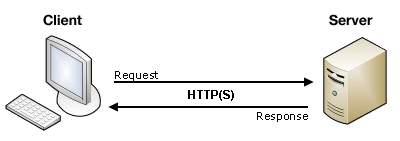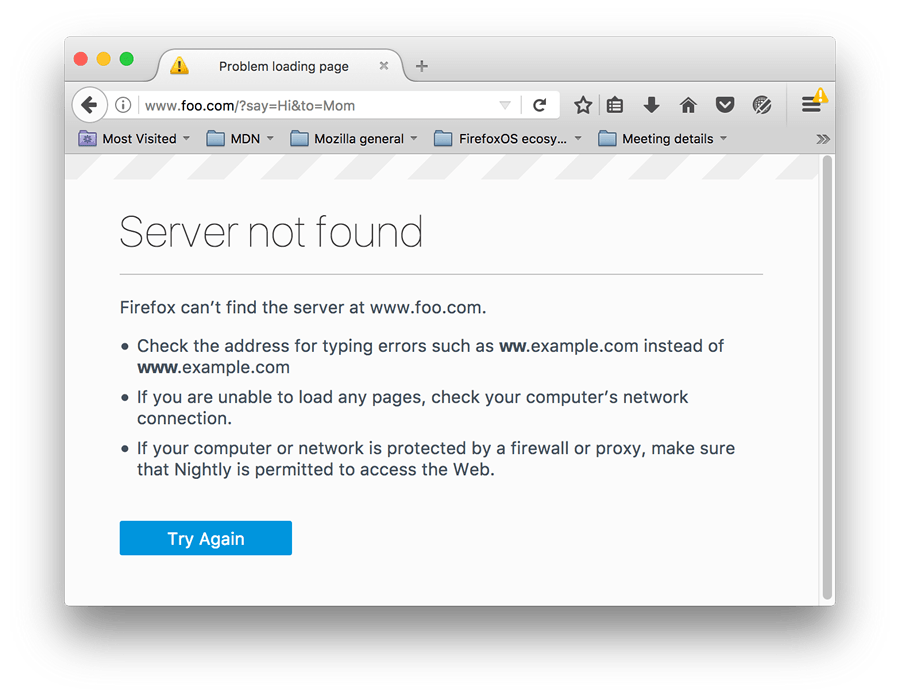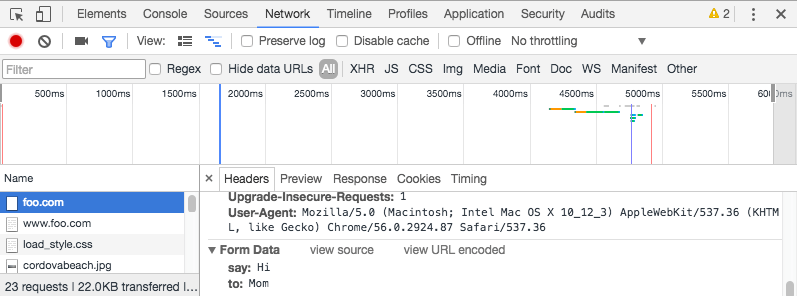Sending form data
a client sends a request to a server , using the HTTP protocol. The server answers the request using the same protocol.

On the client side: defining how to send the data
The <form> element defines how the data will be sent. All of its attributes are designed to let you configure the request to be sent when a user hits a submit button.
The action attribute defines where the data gets sent.
-
In this example, the data is sent to an absolute URL :
<form action="https://example.com"> -
In this example we use a relative URL — the data is sent to a different URL on the same origin:
<form action="/somewhere_else"> -
When specified with no attributes, as below, the <form> data is sent to the same page that the form is present on:
<form>
The method attribute defines how data is sent Most common ways to perform a request :
- GET method
- POST method
The GET method
Since the GET method has been used, you’ll see the URL www.foo.com/?say=Hi&to=Mom appear in the browser address bar when you submit the form.

The POST method
When the form is submitted using the POST method, you get no data appended to the URL, and the HTTP request looks like so :
POST / HTTP/2.0 Host: foo.com Content-Type: application/x-www-form-urlencoded Content-Length: 13 say=Hi&to=Mom
Content-Length:: indicates the size of the bodyContent-Type: indicates the type of resource sent to the server.
HTTP requests are never displayed to the user
your form data will be shown as follows in the Chrome Network tab. After submitting the form:

In the POST request the data didn’t app displayed to the user is the URL , so we usually use POST request for :
- To send secrete data like the password
- To send a large amount of data
Code languages that you can used to create http request
- PHP
- Pytho
- Node.js
- Ruby
sending files by HTTP :
Files are binary data whereas all other data is text data. Because HTTP is a text protocol, there are special requirements for handling binary data to send files by HTTP, you need to take three extra steps:
- Set the method attribute to POST because file content can’t be put inside URL parameters.
- Set the value of enctype to multipart/form-data because the data will be split into multiple parts, one for each file plus one for the text data included in the form body
- Include one or more
<input type="file">controls to allow your users to select the file(s) that will be uploaded.